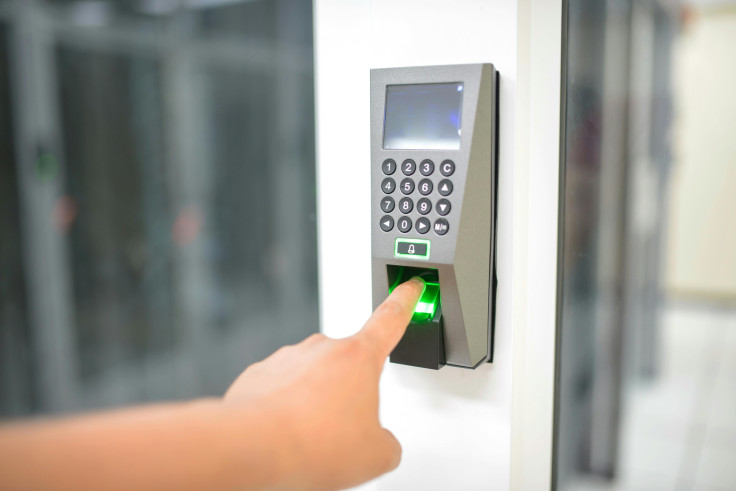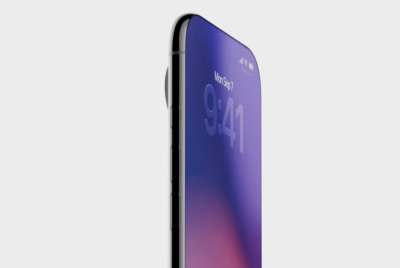Beyond Passwords: The Ultimate Guide to Biometric Authentication for Financial Apps
Discover how fingerprint, facial recognition, and voice ID are making banking faster, safer, and more convenient than ever

In 2025, passwords are no longer the safest way to protect financial apps. They can be stolen, forgotten, or hacked. Biometric authentication for financial apps is rapidly replacing them, offering stronger protection, speed, and convenience.
According to a report by Coinlaw.io on biometric payment authentication, around 70% of US financial institutions plan to integrate biometric authentication in the next year. This is more than a trend; it's a shift in how secure banking works.
How Biometric Payment Security Works
Biometric authentication verifies identity through unique physical or behavioural traits. These cannot be guessed or shared. Common types in financial apps include:
- Fingerprint recognition: Built into most smartphones for quick access.
- Facial recognition: Uses geometry of the face to authenticate users instantly.
- Iris and retina scanning: Highly accurate for sensitive transactions.
- Voice recognition: Confirms identity with a few spoken words.
- Behavioural biometrics: Analyses patterns such as typing speed or device use.
Per data from Lucid.now on biometric authentication trends,facial recognition accounts for 62% of biometric payment methods worldwide, showing its growing dominance in passwordless banking.
Why Financial Apps Are Embracing Biometric Authentication
Stronger Fraud Prevention
Biometric payment security works because each trait is unique. Unlike passwords, they cannot be guessed or stolen easily. This makes fraud far harder.
Speed That Fits Modern Life
A survey by TSYS on biometric payment trends found 67% of consumers prefer biometric authentication because it is fast and simple. Logging into an app with a fingerprint takes under a second, compared with several minutes for passwords and resets.
Regulatory Compliance and Security
Biometric authentication helps financial services meet stricter regulatory requirements while safeguarding customer data.
Long-Term Savings for Banks
Although implementing biometrics requires upfront investment, it reduces fraud losses and lowers support costs. Juniper Research estimates biometric authentication could save the banking sector over £2.5 billion ($3.2 billion) annually by 2027.
Best Practices for Implementing Biometric Authentication
To maximise the benefits, financial apps should:
- Prioritise transparency: Clearly explain how biometric data is stored and obtain consent.
- Use multi-factor authentication: Combine biometrics with other verification methods.
- Update regularly: Keep systems accurate and secure.
- Educate users: Make set-up and use simple to build trust.
When users understand how biometric payment security works, adoption increases.
The Future of Biometric Authentication
Biometric authentication will evolve alongside AI and blockchain. Blockchain could decentralise biometric data storage for greater privacy, while AI could detect suspicious behaviour in real time.
For consumers, this means more secure and effortless banking. For institutions, it means stronger fraud prevention and improved compliance.
Choosing the Right Biometric Solution
When selecting a system, banks should consider:
- Accuracy: Minimise false positives and negatives.
- Speed: Ensure smooth authentication.
- Compatibility: Work seamlessly across devices.
- Security: Use strong encryption and safe storage.
Biometrics as the Key to Secure Banking
Biometric authentication for financial apps is no longer optional, it is essential. From stronger security to faster logins and regulatory compliance, the benefits are clear.
For banks and fintech providers, adopting biometric payment security is a vital step towards safer, smoother, and more user-friendly banking. You have to try it!
© Copyright IBTimes 2025. All rights reserved.





















